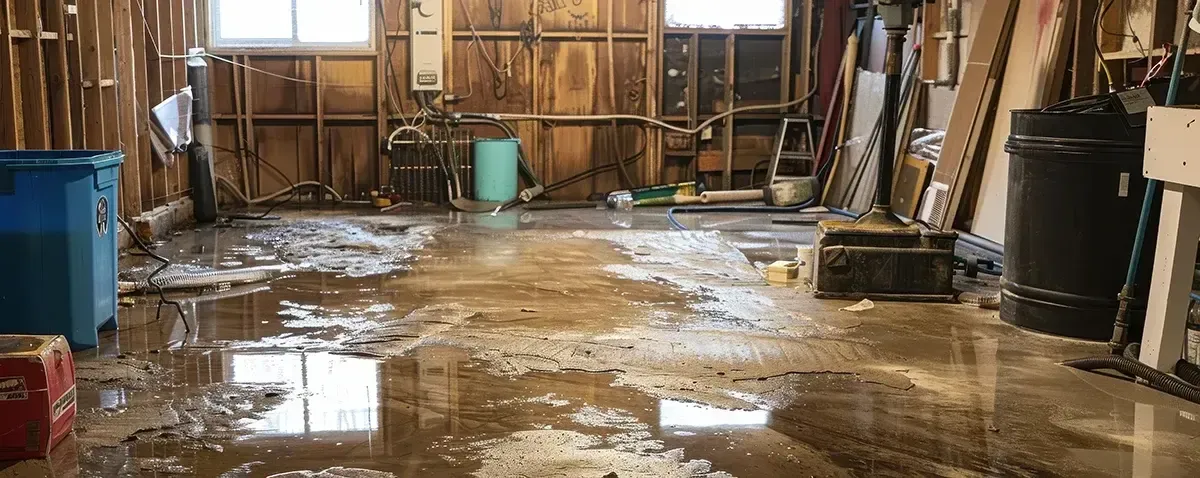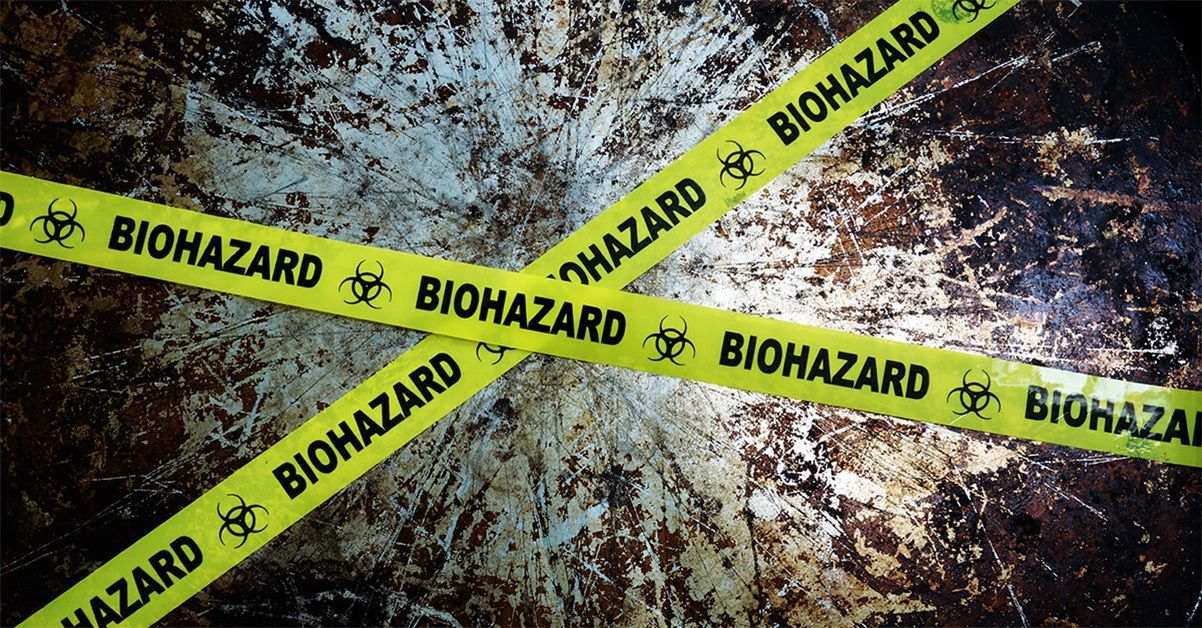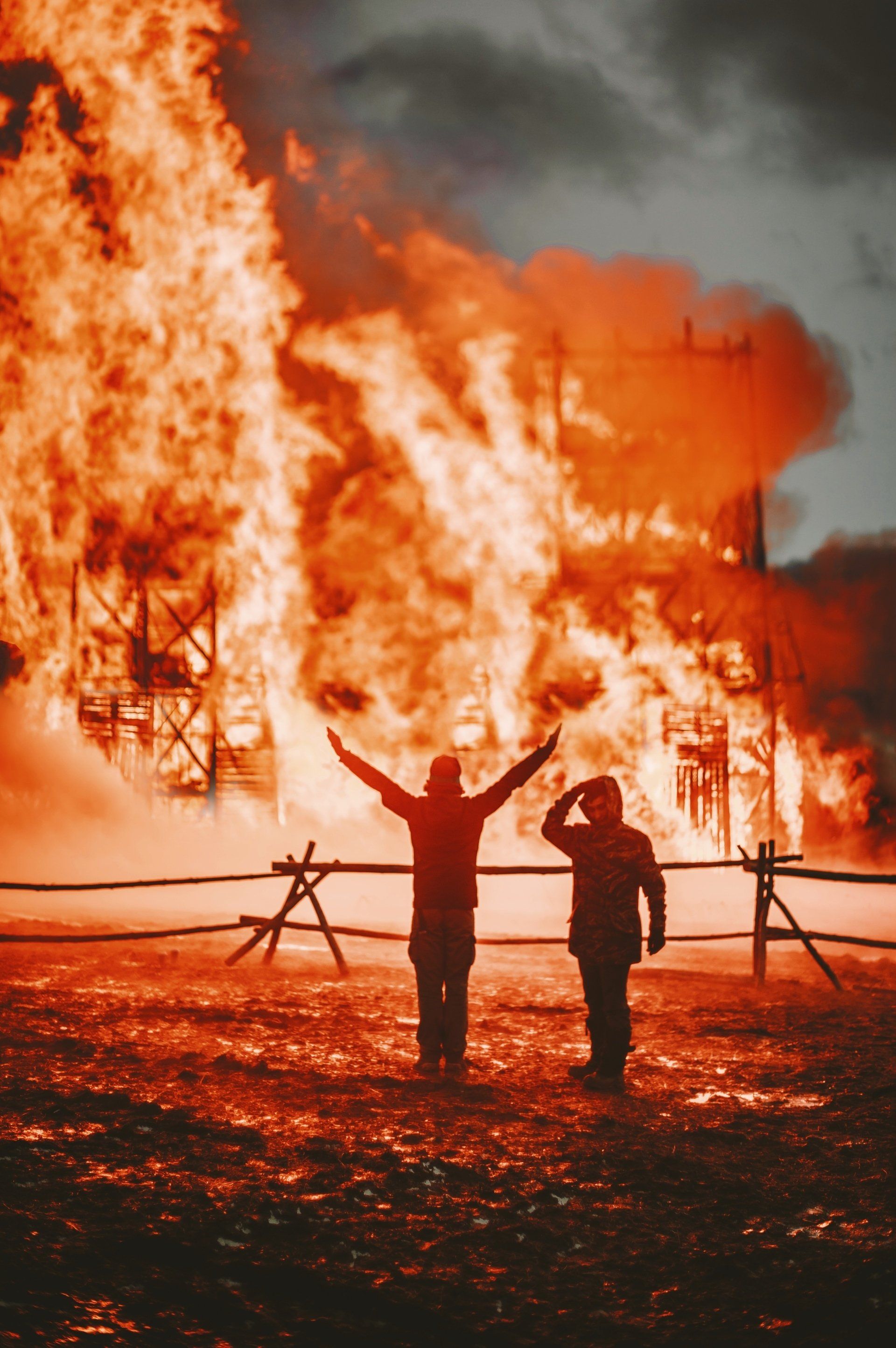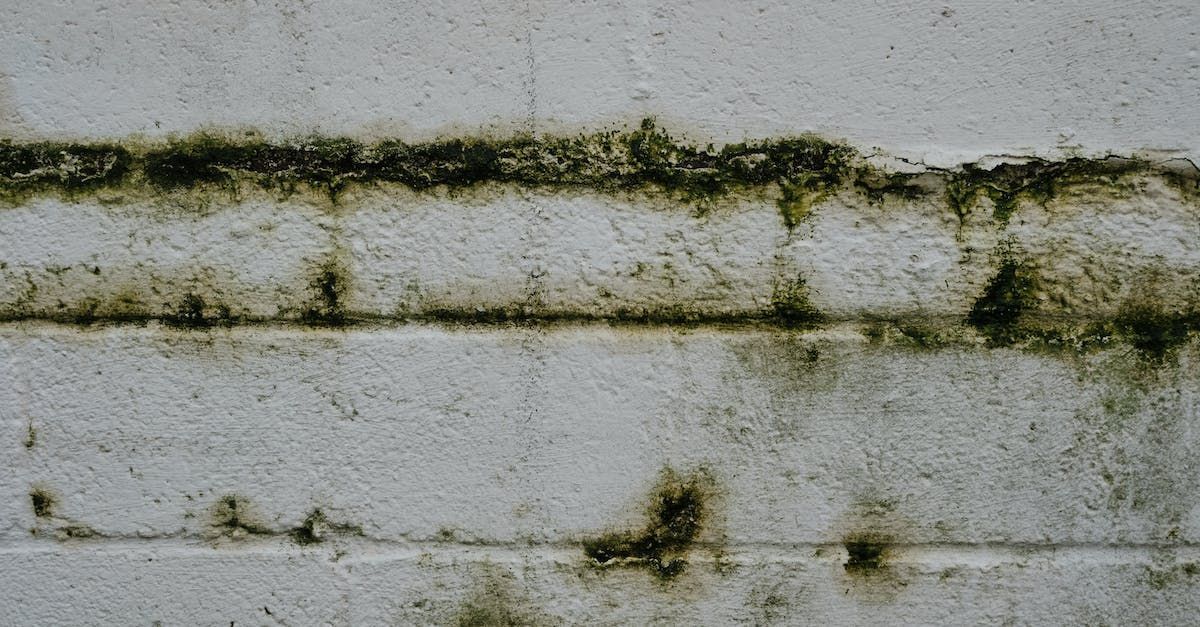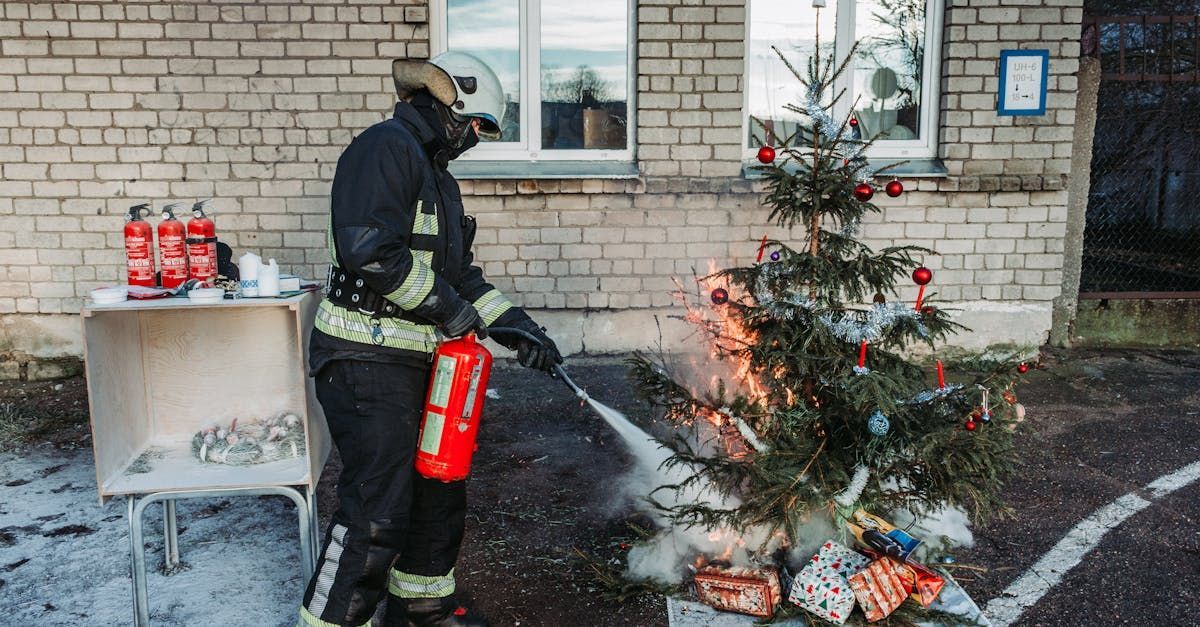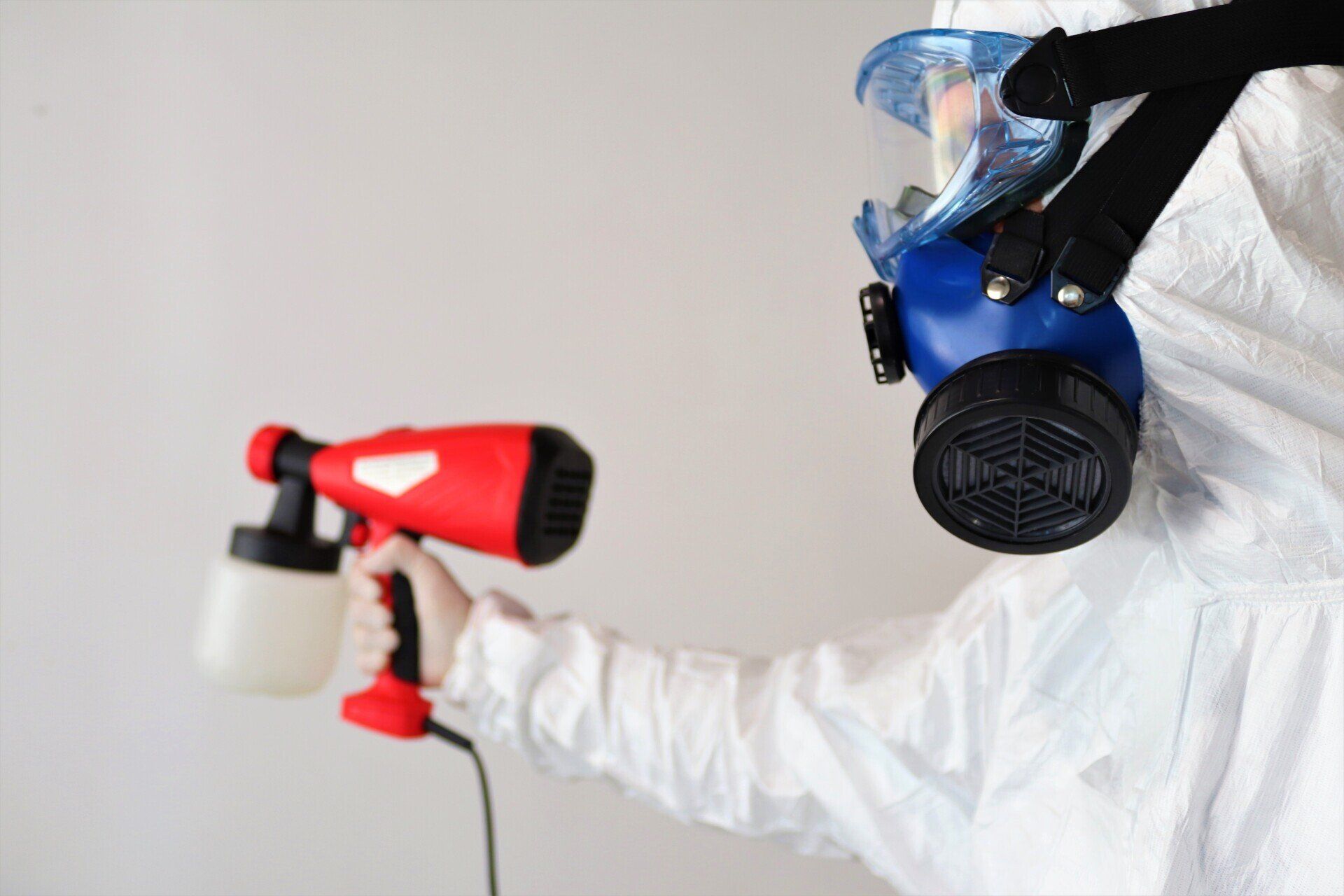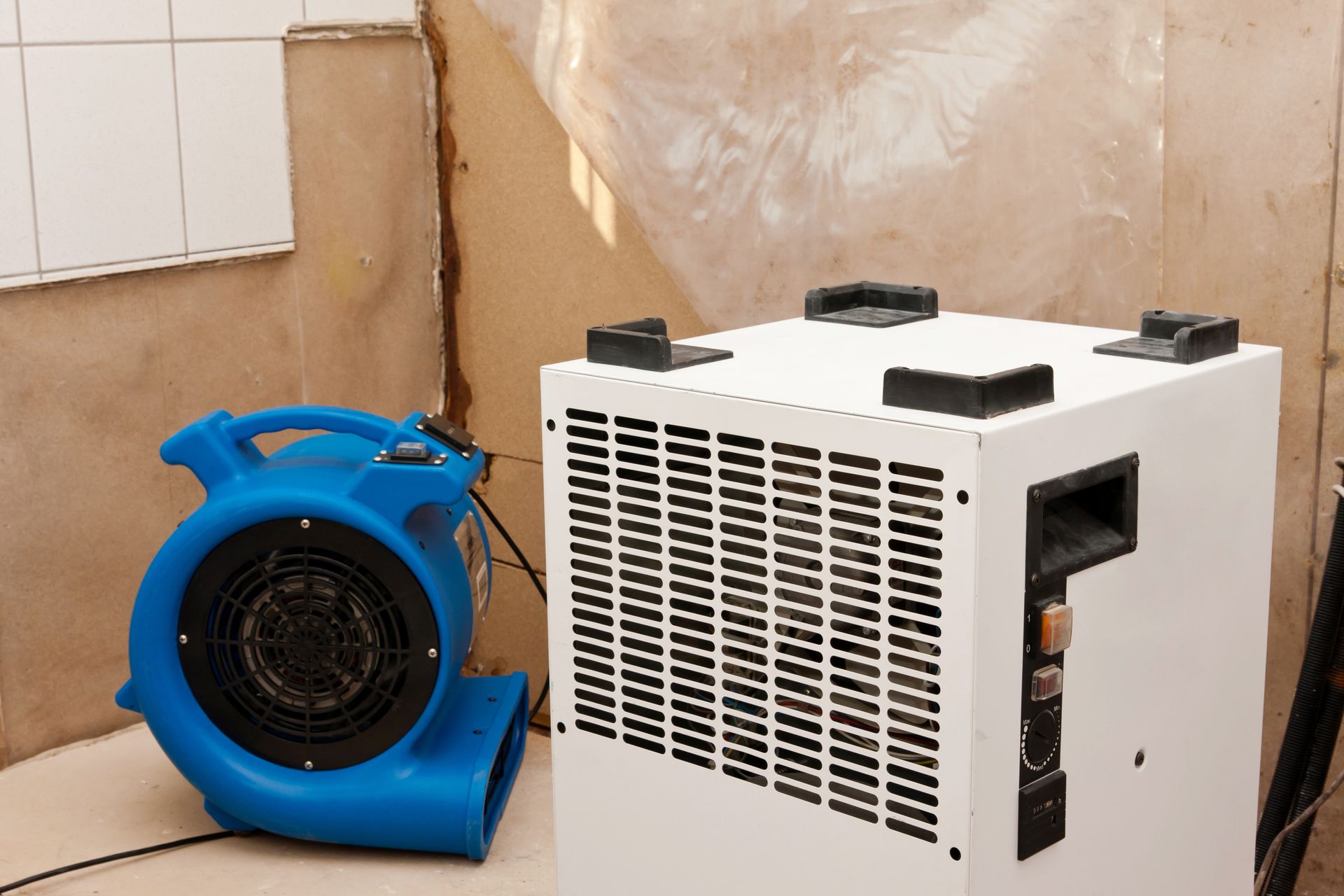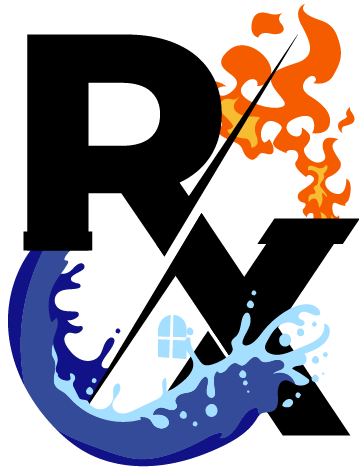Common Causes of Fire Damage in Homes
Unveiling Fire Damage Causes: Common Sources in Homes

Fire damage is an alarming and unfortunate event that affects thousands of homes each year, underscoring the critical importance of identifying and understanding fire damage causes. The severity of fire incidents cannot be overstated, with the potential to inflict substantial harm not only to the structure of homes but also pose significant risks to the safety of its inhabitants. Grasping the intricacies of what prompts fire incidents within residential settings is paramount for prevention and ensuring the safety and security of homes. In this discourse, we will meticulously explore the most prevalent sources of fire damage in homes, ranging from electrical faults to kitchen mishaps, and emphasize preventive strategies designed to minimize risk. Our expertise in the restoration industry, coupled with a commitment to delivering high-quality services, positions us to provide insightful and valuable information aimed at safeguarding homes against the devastating impact of fires.
Fire Damage Statistics in Residential Settings
Annually, fire incidents in residential settings account for a staggering number of emergencies worldwide. In the United States alone, the National Fire Protection Association (NFPA) reports that fire departments respond to an estimated average of 357,000 home structure fires each year. These incidents not only result in the loss of life but also bear a significant economic brunt, with damages amounting to approximately $7.2 billion annually. Internationally, the World Health Organization (WHO) highlights that fires significantly contribute to the global burden of disease, further exacerbating the financial implications on a macroeconomic scale.
The repercussions of fire damage extend beyond the immediate monetary losses. Families and individuals find themselves grappling with the emotional trauma and the daunting task of rebuilding their lives post-incident. The loss of personal belongings, often with irreplaceable sentimental value, adds a profound psychological dimension to financial disruption. This multifaceted impact underscores the exigency for adept fire prevention strategies and underscores the indispensable role of specialized restoration services that not only aim to mitigate physical damages but also facilitate a smoother transition toward recovery for those affected. Our expertise in addressing the aftermath of such incidents reinforces our commitment to restoring not just properties but the lives intertwined with them.
Understanding the Nature of Fire
At the core of our restoration expertise lies a deep comprehension of fire, a complex chemical reaction that ignites when heat, fuel, and oxygen converge in a perfect storm, known as the fire triangle. Heat provides the energy necessary to initiate combustion, fuel acts as the combustible material, and oxygen sustains the reaction. This intricate interplay results in the rapid oxidation of materials, manifesting as flame and heat - the destructive forces responsible for fire damage in residential settings.
Fire spreads in residential environments through the rapid movement of heat, affecting materials that are in close proximity or have a direct line of contact. Flammable liquids, textiles, wood, and even accumulated dust can serve as fuel, facilitating the rapid expansion of fire within a home. Understanding this dynamic is seminal in formulating prevention strategies, as it impels a focus on controlling the components of the fire triangle. By mitigating potential sources of heat, limiting the availability of fuel, and monitoring oxygen flow, we lay the groundwork for safeguarding homes against the ravages of fire. This foundational knowledge underpins our commitment to delivering high-quality restoration services, addressing not just the aftermath but empowering homeowners with strategies to avert fire-related disasters.
Common Causes of Fire Damage in Homes
Understanding the common causes of fire damage in homes is crucial to devising effective prevention strategies. By identifying these sources, homeowners can implement measures to mitigate risks, thus safeguarding their properties and loved ones. Here are they key areas responsible for fires in residential settings:
Cooking Equipment
Cooking equipment, notably the leading cause of home fires, underscores a critical area of concern. Instances such as overheated oil reaching its ignition point or stoves left unattended delineate common yet preventable scenarios. Data from the National Fire Protection Association highlights that cooking fires account for 49% of all home fires. Preventive measures are paramount; maintaining a vigilant presence while cooking, ensuring combustible materials are kept away from heat sources, and installing smoke alarms near kitchens can significantly mitigate the risk of cooking-related fires. This adherence to safety protocols aligns with our pledge to deliver restoration solutions that are not only reactive but preemptively safeguarding homes.
Electrical Equipment and Faulty Wiring
Faulty wiring and electrical malfunctions stand as pivotal concerns in residential fire incidents. Outdated, improperly installed, or overloaded electrical systems can precipitate fires through short circuits or overheating. Warning signs of potential electrical hazards include frequent circuit breaker trips, flickering lights, discolored switch plates, and a persistent burning smell. To prevent electrical fires, it's imperative to conduct regular inspections by licensed electricians, avoid overloading outlets, and replace any outdated wiring, especially in older homes. These precautionary measures, grounded in our restoration expertise, enhance home safety against electrical fire risks.
Heating Equipment
Heating equipment, such as space heaters, fireplaces, and wood stoves, are notable contributors to home fires, especially during colder months. These devices, if left unattended or improperly used, can ignite nearby flammable materials, leading to catastrophic damage. To minimize risks, it is imperative to ensure these heat sources are placed away from combustible materials, never left operating while unattended, and are regularly cleaned and maintained according to manufacturer recommendations. Additionally, installing a sturdy screen in front of fireplaces and adhering to stringent guidelines for the installation and operation of wood stoves are essential safety measures. Our expertise underscores the importance of these practices in preventing heating equipment-related fires, reinforcing our unwavering commitment to home safety.
Smoking in Bedrooms
Smoking indoors, particularly in bedrooms, presents a significant fire hazard with far-reaching consequences. According to the National Fire Protection Association, smoking materials like cigarettes are the leading cause of fire deaths in residential settings. These incidents often occur when lit cigarettes are left unattended, igniting nearby combustible materials such as bedding or upholstered furniture. To mitigate these risks, adopting safer smoking habits is crucial; this includes smoking outside or in designated areas away from flammable materials. Our insights into the dynamics of fire causation reinforce the urgency of adhering to preventative measures, thereby safeguarding lives and properties from avoidable tragedies.
Candles
Candles, while creating a serene ambiance, can pose significant fire risks when left unattended or placed proximately to flammable materials. An oversight as minimal as forgetting a lit candle or situating it near combustibles can lead to devastating fire incidents. For safe candle usage, it's paramount to place candles on stable surfaces away from flammable objects, never leave them burning unattended, and extinguish them before going to sleep. Utilizing sturdy candleholders that won't tip over and keeping them out of reach of children and pets are also critical safety measures. Our expertise emphasizes the importance of these practices in preventing candle-related fires, highlighting our dedication to preserving the safety and integrity of homes.
Flammable Liquids
Flammable liquids, improperly stored, present a significant fire hazard, capable of igniting with minimal external heat sources. These materials, including gasoline, solvents, and paints, should be meticulously stored in approved, clearly labeled containers and placed in well-ventilated areas away from living spaces and potential ignition sources. Disposal of such volatile substances demands adherence to local regulations, ensuring they do not pose a risk to safety. Our expertise in fire prevention underscores the critical nature of proper storage and disposal practices for flammable liquids, mitigating potential fire incidents and safeguarding homes and their inhabitants.
Grills and Barbecues
Outdoor grilling and barbecuing, while central to family gatherings and social events, carry inherent fire risks that necessitate stringent safety protocols. Ensuring grills and barbecues are positioned well away from structures, overhanging foliage, and other flammable materials is paramount. Regular maintenance, including checking for gas leaks and ensuring cleanliness to prevent grease buildup, is essential to mitigate fire hazards. Employing a designated cooking area clear of children and pets enhances safety. Our proficiency in fire prevention accentuates the importance of these precautionary measures, emphasizing our commitment to preserving the safety and sanctity of homes.
The Impact of Fire Damage on Homes
The physical and structural aftermath of a residential fire encompasses a multitude of dimensions, all requiring expert intervention to restore semblance and functionality. Foremost among these is the direct damage wrought by flames themselves, consuming materials and compromising structural integrity. Accompanying fire's destructive force is smoke damage, where soot and smoke particles infiltrate surfaces, embedding a lingering odor and contaminating air quality. The very efforts to extinguish flames introduce another layer of damage through water and chemicals, which, while necessary, pose their own challenges to restoration efforts. These elements combined necessitate a comprehensive, methodical approach to restoration, one that addresses not just the visible scars but the deeper, unseen impacts on a home's structure and environment.
Beyond the tangible devastation, fire damage inflicts profound emotional and psychological effects on homeowners and their families. The intrusion of fire shatters a sense of security, introducing a period of dislocation and loss that can resonate long after physical repairs are completed. It is this dual front of restoration—both physical and emotional—that our services aim to address, guiding our clients through the recovery process with empathy and expertise.
Furthermore, the environmental impact of residential fires cannot be overlooked. The release of hazardous materials and pollutants during a fire, coupled with the consumption of resources for reconstruction, underscores the importance of adopting sustainable practices within the restoration industry. Our commitment extends to not only restoring homes but doing so in a manner that is mindful of our environmental footprint, embodying a holistic approach to recovery and resilience.
Fire Safety Measures and Fire Damage Prevention
The efficacy of stringent fire safety measures cannot be overstated in the quest to protect homes from the perils of fire damage. The installation of smoke detectors and strategically placed fire extinguishers, and the formulation of a comprehensive family escape plan are fundamental steps that form the bedrock of a robust fire safety protocol. These proactive measures are pivotal in the early detection of fires, enabling prompt evacuation and intervention to minimize potential harm.
Beyond these initial steps, the importance of regular maintenance and thorough inspections of home appliances and systems emerges as a critical facet in the prevention of fire outbreaks. Common household systems, including electrical wiring, heating, and cooking appliances, require routine checks to identify and rectify faults that could precipitate a fire hazard. This preventative stance on appliance and system maintenance epitomizes the adage that an ounce of prevention is worth a pound of cure.
Equally vital in the matrix of fire safety and damage mitigation is the role of homeowner's insurance, particularly coverage that encompasses fire damage. Such insurance serves as a safety net, offering financial restitution in the wake of fire-related losses. Not only does it facilitate the restoration of physical structures and belongings, but it also provides a semblance of peace and security to affected homeowners, underscoring our unwavering commitment to not just restore homes but to rebuild lives marked by the scars of fire.
Recovering From Fire Damage: Restoration and Rebuilding
Recovering from fire damage is a complex process that demands expertise, precision, and a deep commitment to quality restoration services. At RX Restoration, we excel in transforming the aftermath of a disaster into a return to normalcy with minimal disruption. Our skilled professionals employ the latest techniques and state-of-the-art equipment to ensure your property is restored to its pre-loss condition efficiently and effectively. We understand the emotional and financial stress fire damage can cause, which is why we are dedicated to providing comprehensive support throughout the restoration process. Contact RX Restoration today for a consultation, and take the first step towards reclaiming your peace of mind and the safety of your home.

